UK first happening for The Hepworth Wakefield
03 Jul 2014
The UK’s first reinvention of Allan Kaprow's seminal ‘Environment’ YARD.
In 2014, The Hepworth Wakefield presented the UK’s first reinvention of Allan Kaprow’s seminal ‘Environment’ YARD within its interdisciplinary art space, The Calder.
YARD by American artist Allan Kaprow (1927 – 2006) was first realised in 1961, staged in the small open-air sculpture garden behind the Martha Jackson Gallery in New York. Five existing sculptures in the courtyard, including works by Barbara Hepworth and Alberto Giacometti were wrapped in protective tar paper before Kaprow filled the courtyard with hundreds of old car tyres. Dispersed in no particular order, Kaprow tossed the tyres around, to encourage visitors to walk on, climb, rearrange and interact with them.
In the late 1950s Allan Kaprow challenged the definitions of what a work of art could be, developing a new way of working, focusing on site-specific installations and participant-led activities that became known as ‘Happenings’ or ‘Environments’. Describing these occurrences as “something spontaneous, something that just happens to happen”, Kaprow’s ground-breaking approach focused on the performative process of making art, rather than the creation of an autonomous object.
Kaprow’s ‘Happenings’ became highly fashionable events to attend during the 1960s. The term ‘happening’ was popularised to describe an event or activity that was cutting edge or cool, with The Supremes even coining the term for their 1966 hit ‘The Happening’. Disliking this mainstream co-option of his ideas, Kaprow later referred to his works as ‘activities’, a new term to emphasise the simple, everyday gestures that often constituted these works.
YARD is one of Kaprow’s earliest ‘Environments’, conceived by the artist as a transient, temporary work that invites public participation beyond the confines of the traditional gallery space. During Kaprow’s lifetime, and since his death in 2006, YARD has been re-invented over 20 times. Kaprow described these subsequent manifestations as ‘reinventions’, with an emphasis on reinterpreting and transforming the original idea for the work, rather than remaking as a direct copy of the original. For most of his works Kaprow produced a text or ‘score’ to allow others to reinvent the piece without his involvement. YARD has no definitive set of instructions; instead its re-invention is based on hand-written notes by Kaprow, as well as images of previous iterations.
For YARD 1961/2014 artists, invited participants and groups will contribute to a series of temporary, primarily live interventions within the ‘Environment’. Interventions will consider the formal qualities and social dynamics of Allan Kaprow’s YARD as well as the non-hierarchical relationship between the artist, art work and audience. An archive display will accompany the exhibition and narrate the history of this iconic work.
Temporary interventions by South Korean artist Koo Jeong-A and Brazilian artist Rivane Neuenschwander will feature a rotating aeroplane tyre and a series of suspended tyres respectively.
Dance artists Nicola Conibere, Robbie Synge and Janine Harrington, who have been recently selected for the Esmée Fairbairn funded mentorship scheme at Siobhan Davies Dance, will occupy the space across three separate days. Through movement and visitor engagement they will explore the relationships between objects, environment and the social dynamics at play within ‘Environments’ such as YARD. The exhibition will culminate in a performance by music collaborators David Toop and Rie Nakajima, who will convene a group of musicians to continue their ongoing exploration of the idea of event as sculpture.
Physical traces from each intervention within YARD 1961/2014 will remain within the space and accumulate over the duration of the presentation at The Calder.
YARD 1961/2014 will be installed in The Hepworth Wakefield’s new interdisciplinary space, The Calder. Located in a 19th century former textiles mill, YARD 1961/2014will be presented alongside The Hepworth Wakefield’s major summer exhibition Franz West: Where Is My Eight? which is on display from 13 June until 12 September.
West acknowledged the influence of Kaprow on the development of his own work, and especially his Adaptives, thinking through how art and objects might be used as a catalyst for social interaction. As West himself observed: “The idea was more to create an environment, and that the Adaptive could be handled and used rather than be looked at. For the romantics like Schlegel and the German philosophers, what makes art and painting special is that neither should be touched. With the Adaptives, the opposite is true. They were also a way to make a happening. I was very aware of the artist Allan Kaprow, for example, at that time. It was not about seeing but about entering; art that you could really get in touch with”. (Franz West interview with Tom Eccles, November 2007)




